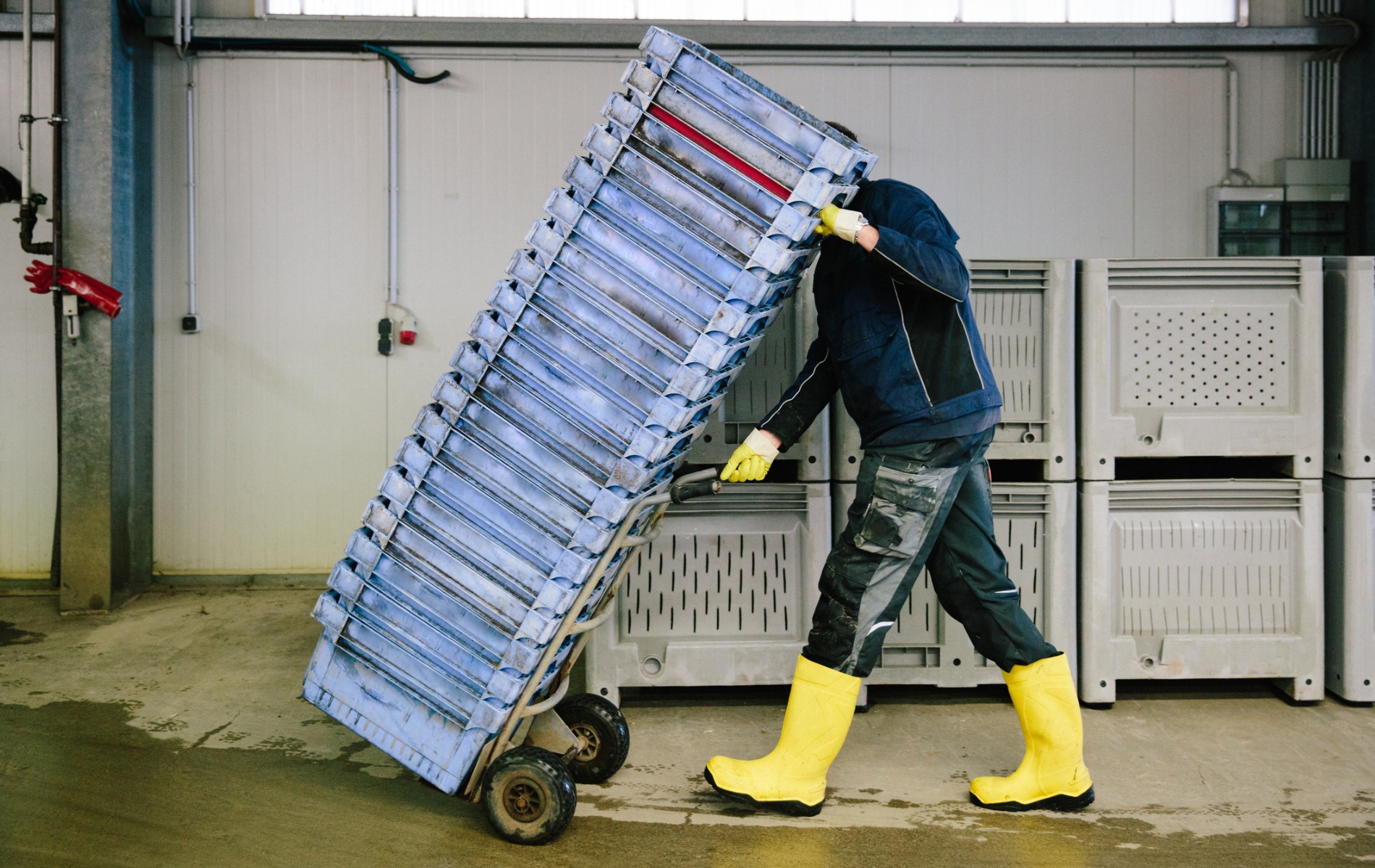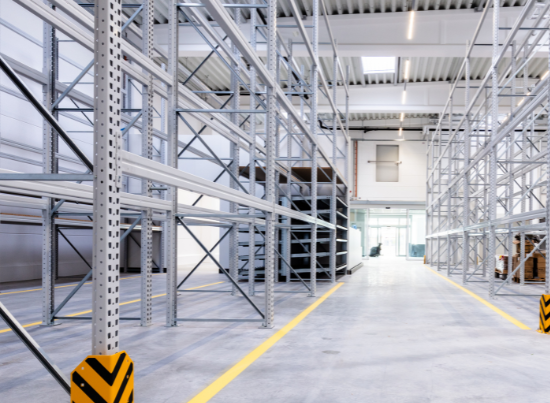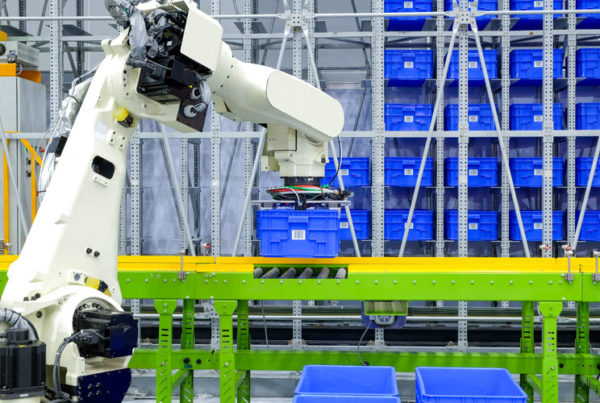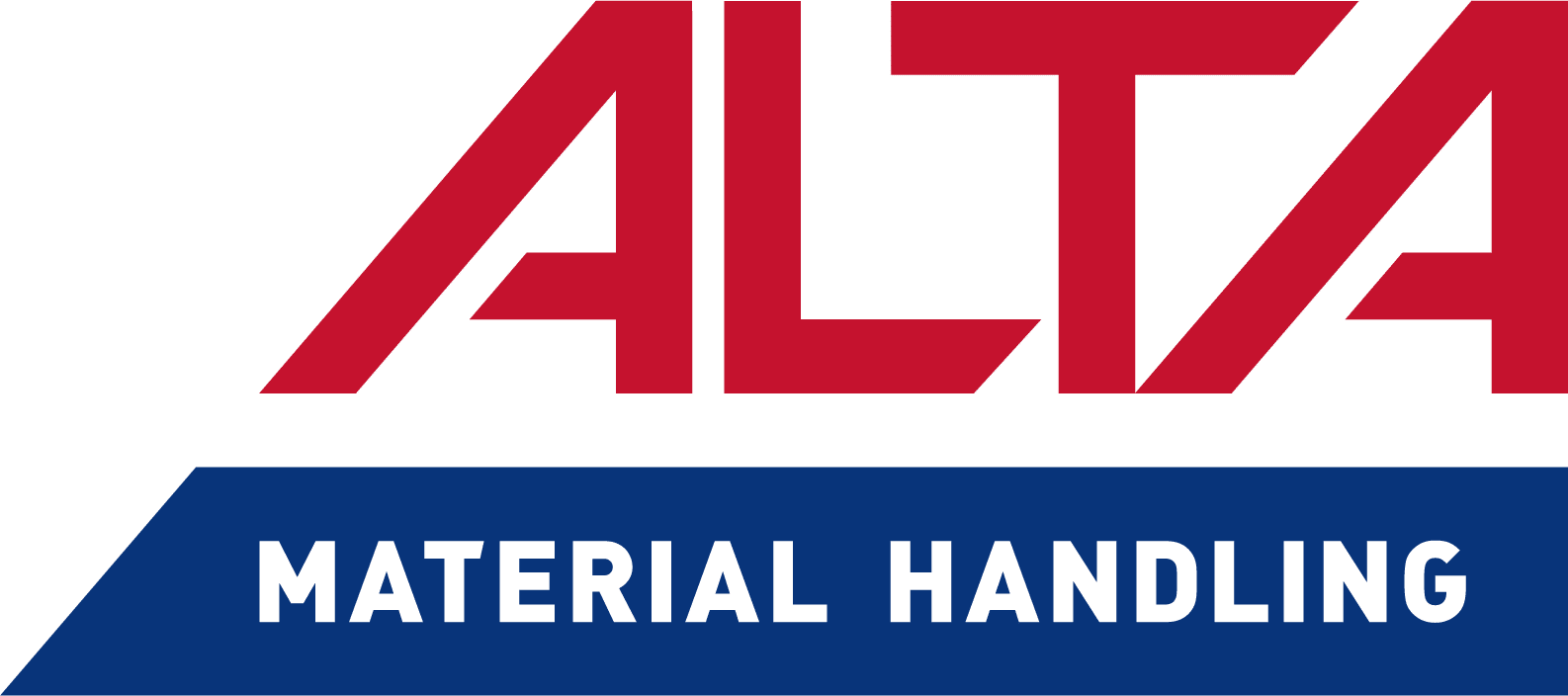Depending on your source, analysts predict the world’s dependence on cold supply chains will increase by something like 8% or 15% over the next 5-10 years.
Regulating the storage and transport of the perishable products in the cold supply chain is a patchwork of laws and agencies created at different levels of government. As well meaning as these agencies are, and as important as their laws are to follow, they create a system that can be challenging to navigate for organizations still stuck in the pen-and-paper era of order fulfillment. A well-designed system, incorporating key automated technology, can ensure the quality and safety of foods and other perishables as they move through the inspection points built into the supply chain.
At the same time that consumables are becoming better regulated, consumer demands are creating a market that is both more global and immediate. We want our premium chocolates and exotic fruits produced at the cheapest rate that can be found in the world. And then, we expect those goods to be delivered to our doors at speeds that defy the laws of economics.
Working behind the scenes to make this possible are countless over-fatigued supply chain managers who oversee some of the most complicated cold chain logistic networks the world has yet to see.
Who Regulates the Cold Supply Chain?
Navigating all of the agencies that regulate temperature-controlled supply chains is a necessary, though challenging, aspect of the cold supply chain. They ensure the health and safety of individual consumers, entire markets, and even ecosystems.
To the uninitiated, the assortment of agencies – and the depth of detail they have to look at – required to do this successfully can be overwhelming.
In the US, for example, the USDA regulates:
- Domestic poultry, including turkeys, ducks, and geese
- Egg products
- Products with more than 3% raw meat
- Products with more than 2% cooked meat
At the same time, and seemingly at the risk of hair-splitting, the FDA regulates:
- Wild birds, including wild turkeys, wild ducks, and wild geese
- Shell eggs
- Products with less than 3% raw meat
- Products with less than 2% cooked meat
And the USDA and FDA are only two of at least 15 federal agencies that further regulate at least 30 laws regarding food safety and cold transport. And that isn’t counting all the state and local laws that companies in cold chain operations also have to navigate.
And, that’s only counting food produced, shipped, and received wholly in the US. Companies dealing in pharmaceuticals, fresh plants, and many industrial chemicals all require cold storage and shipment, and have their own sets of regulations to meet. For companies that ship internationally, things get even more complicated; they have to meet the strictest standards of all the countries through which their goods pass.
Supply chains depend on the right automated solutions to guarantee the safety and freshness of perishable goods.
How Tried-and-True Technologies Help Meet Regulations
For hundreds of years, the epitome of cold chain technology was ice. Blocks of it would be cut and stored with shipments in the hopes that it wouldn’t melt – and the goods wouldn’t spoil – before they reached their destination only dozens of miles away.
Today, a warehouse might ship thousands of orders a day to destinations thousands of miles away. And instead of delivering goods unsure of the integrity of the cold chain, shipments are checked, rechecked, and continually monitored. And all of this is happening under the careful oversight of regulators.
Enabling these speeds, accuracies, and monitoring is an industry estimated to be valued in the hundreds of billions of dollars, integrating some of the world’s most advanced computers and robotics into cold chain operations.
The Interconnectedness of Things
The technologies that fuel the cold supply chain don’t work independently of each other, but are seamlessly integrated into an interconnected web.
For example, monitoring individual items in a warehouse improves accuracy rates in a number of ways, which in turn enables items to be delivered more quickly.
The Internet of Things (IoT) allows orders to be tracked – and their conditions monitored – continually from production, through shipping, and all the way to the end-user. Allowing companies and their customers to follow orders throughout the process is known to increase customer satisfaction for any supply chain. But when it comes to the cold supply chain, monitoring in this way also helps regulators track shipments and ensure public safety.
At the same time, monitoring goods increases accuracy rates. In material handling, “accuracy” covers a broad range of processes, including:
- Storing items in the appropriate locations in a warehouse
- Picking the right items when fulfilling an order
- Selecting and properly assembling the right-sized box
- Ensuring everything in an order gets put into its box
- Filling that box with the right amount of packing material to ensure its integrity
- Labeling the box clearly, and with the correct shipping information
While all of these issues are important to the cold chain – for the purposes of illustration – we’ll consider just one: labeling.
When dealing with perishable goods, getting items to the right address on the first attempt is paramount in customer satisfaction and safety. If a Third-Party Logistics (3PL) company can’t read a label, or if the package is labeled incorrectly, deliveries will be missed. Items will be sent back to a DC or customer access point, which will be air conditioned at best. Leaving frozen or fresh products in these conditions is an almost certain breakdown of the cold chain, and is a sure way to ruin a product’s shelf life.
Regulators and customs agents also need to be able to read labels, and for those labels to be accurate. For a regulator, improper labeling means research – going through logs, opening cases, sending emails, and making phone calls. And while this is happening, boxes are left sitting on docks that are likely not the right environmental zone.
When a Warehouse Management System (WMS) accurately monitors the goods moving through a facility, the system can also automate the process of labeling. The system knows which boxes need to be shipped where and what regulatory information they need.
By automating the process of labeling, error rates – transposed numbers, incorrect addresses, and poorly applied labels – can be reduced by 50% or more. When boxes leave their facility with the right address and regulatory information, they move through customs, ports, and 3PL carriers more quickly and get to their destinations on time.
Balancing Cold Supply Chain Processes
Meeting the many needs of temperature-sensitive products requires balancing and monitoring temperatures and even climates across many zones. Fresh plants, pharmaceuticals, foods, and beverages all have different environmental needs, and warehouses and 3PL companies are expected to handle them all.
A multi-hundred-billion-dollar industry is at work to ensure we all get our packages on time and in the right condition.
But if that industry misapplies something as simple and forward-facing as a label, that whole system breaks down.
Automating these processes ensures accuracy, speed, and the safety of our customers.
Want to learn more about how automation can help lower the costs and increase the accuracies of your cold supply chain? Contact us to talk details!
2x the volume and $100K in savings for a medical distributor.
PeakLogix helped Merit Medical double volume and increase productivity by 200% while maintaining staffing levels reducing overtime. The integration helped the facility achieve an additional $100,000 in annual savings on shipping and freight.





